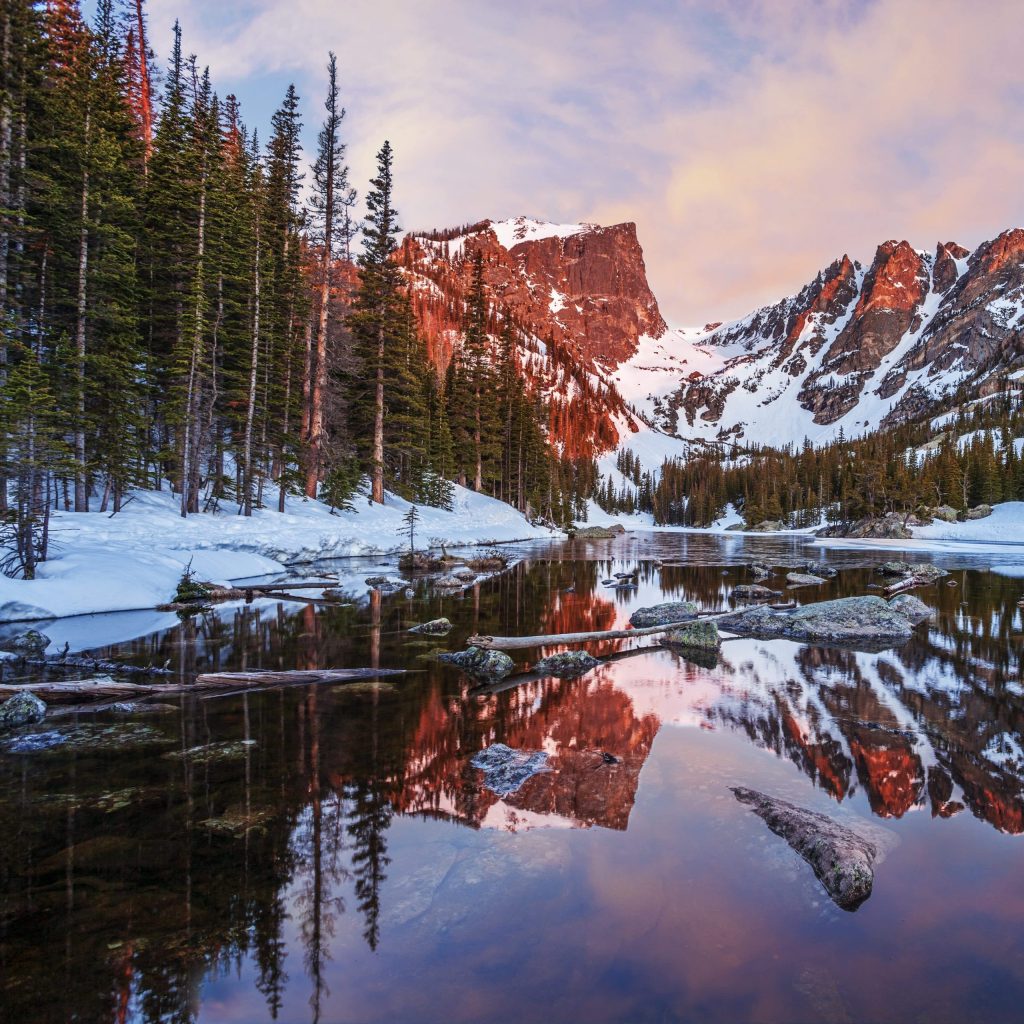From the redwood forest to the Gulf Stream waters, the US is full of awe-inspiring geographical features and acres of designated wilderness. There are over 60 national parks spread across the entire country, which are designed to protect a certain area’s wildlife and ecosystems, as well as its historic sites. Touring a national park will not only give you endless photo ops – it also gives visitors the opportunity to enjoy a plethora of outdoor activities and experience some of the nation’s most stunning landscapes. And thanks to Google Earth, you can tour the nation’s most popular parks right now from your home. We’ve rounded up some of the most extraordinary national parks that you can virtually hike in right now, so lace up those boots, and let’s get out there!
Related: Front Row Every Time! 9 Roller Coasters Around the World You Can Virtually Ride Right Now
Great Smoky Mountains National Park
Located on the border between Tennessee and North Carolina, Great Smoky Mountains National Park encompasses well over half a million acres, making it one of the largest protected areas in the eastern United States. This UNESCO World Heritage Site is consistently the most visited park in the US, and thanks to the magic of Google Earth, you can tour Great Smoky Mountains National Park from the comfort of your couch.
Grand Canyon National Park
Also a UNESCO World Heritage Site, Grand Canyon National Park in northwestern Arizona covers over 1.2 million acres and is best known for the titular Grand Canyon, which is a deep gorge of the Colorado River and is often considered one of the Wonders of the World. Go ahead and tour Grand Canyon National Park on Google Earth to get a look at that canyon for yourself.
Rocky Mountain National Park
Located in north-central Colorado within the Front Range of the Rocky Mountains, Rocky Mountain National Park is known for its snow-peaked mountains, alpine lakes, and wide variety of wildlife. This popular park is one of the first World Biosphere Reserves, as designated by UNESCO, and you can tour Rocky Mountain National Park without any mountain-hiking skills required.
Zion National Park
Found at the junction of the Colorado Plateau, Great Basin, and Mojave Desert regions, Zion National Park is located in southwestern Utah and has been made popular by its unusual plant and animal diversity. Like Grand Canyon National Park, this park is best known for its impressive Zion Canyon, and you can tour Zion National Park in order to check it out.
Yosemite National Park
Known for its granite cliffs, waterfalls, biological diversity, and towering sequoia trees, Yosemite National Park is located in the western Sierra Nevada of Central California. Visitors tend to flock to the park’s seven-square-mile Yosemite Valley, which you’ll be sure to see when you tour Yosemite National Park on Google Earth.
Yellowstone National Park
Part of the South Central Rockies forests ecoregion and known as the first national park in the US, Yellowstone National Park is located in parts of Wyoming, Montana, and Idaho, encompassing an area of about 3,500 square miles. A must-see when you tour Yellowstone National Park is Old Faithful, a cone geyser that is just one of the park’s many geothermal features.
Acadia National Park
Located southwest of Bar Harbor in Maine, Acadia National Park is the first national park east of the Mississippi River, and it’s also the only national park in the northeastern region of the country. The park spans nearly 50,000 acres and includes mountains, an ocean coastline, and woodlands, which you can see for yourself when you virtually tour Acadia National Park.
Grand Teton National Park
Spread across approximately 310,000 acres in northwestern Wyoming, Grand Teton National Park includes all of the major peaks of Teton Range, as well as most of the northern sections of Jackson Hole. Though located only 10 miles south of Yellowstone National Park, you should still tour Grand Teton National Park just to see how different it is from its neighboring park.
Olympic National Park
Located on the Olympic Peninsula in Washington state, Olympic National Park contains three distinct ecosystems across nearly a million acres, including the Pacific coastline, glaciated mountains, and a temperate rainforest. This park has been designated by UNESCO as an International Biosphere Reserve and a World Heritage Site, and you can tour Olympic National Park without even leaving your home.
Glacier National Park
Encompassing over one million acres and including parts of two mountain ranges, Glacier National Park is a sight to behold in northwestern Montana. This mountainous park is known for having almost all of its original native plant and animal species, as well as a region of protected land spanning 16,000 square miles, and you should tour Glacier National Park to take it all in.
Bryce Canyon National Park
Located in southwestern Utah, Bryce Canyon National Park is best known for Bryce Canyon, which – despite the name – is not actually a canyon but instead a collection of giant natural amphitheaters along the eastern side of the Paunsaugunt Plateau. Covering about 36,000 acres, this remote park isn’t nearly as large as other national parks, but you should still tour Bryce Canyon National Park to see what makes it so special.
Joshua Tree National Park
Named for the Joshua trees native to the Mojave Desert, Joshua Tree National Park is situated in southeastern California, east of Los Angeles and San Bernardino and near Palm Springs. Though originally declared a national monument, the park was later redesignated as a national park, and you can tour Joshua Tree National Park to see over 790,000 acres of two distinct desert ecosystems.

